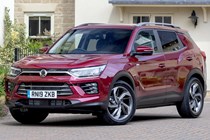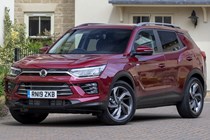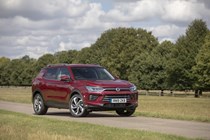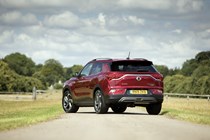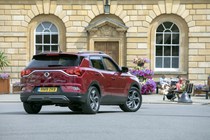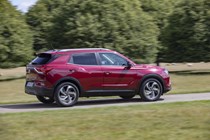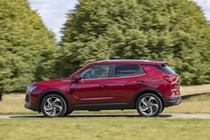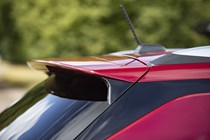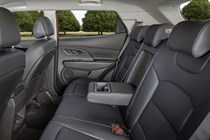
SsangYong Korando SUV (2019-2024) engines, drive and performance
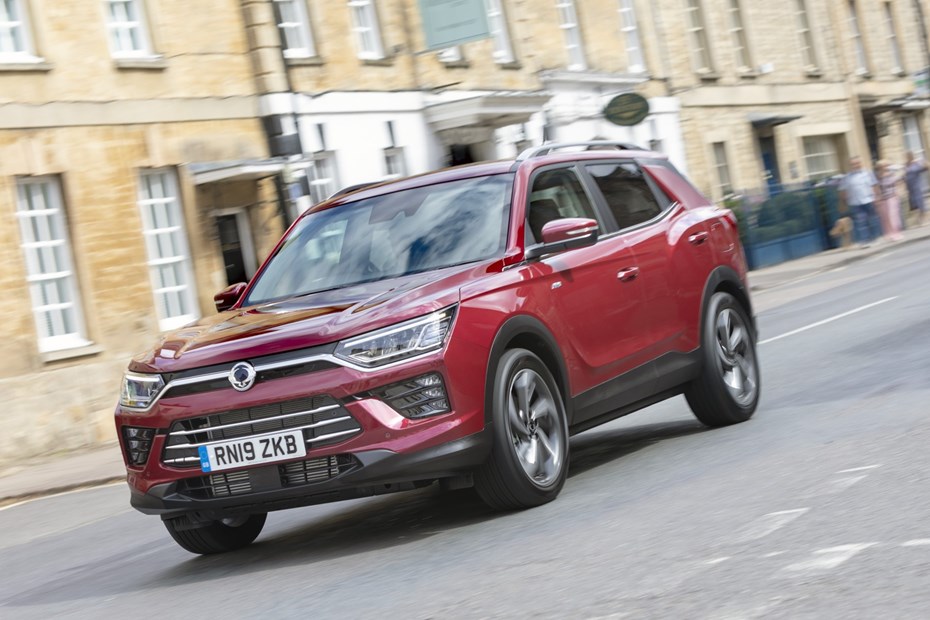
- Petrol and diesel power on offer
- Manual or automatic gearboxes, plus two or four-wheel drive
- Engine choice dependent on trim level
At launch, the SsangYong Korando will only be available with a diesel engine – the petrol will arrive in 2020. We’ve only driven diesel, automatic variants so far, so our driving impressions will be based on that powertrain.
Petrol engine
For buyers looking to move away from diesel, or perhaps those who simply don’t do the mileage to justify a diesel engine, SsangYong will offer a new petrol powertrain for the Korando. It’s a long way removed from the dated and sluggish 1.6-litre in the Tivoli – this is a new, 1.5-litre turbocharged petrol producing 163hp. It’s only available with two-wheel drive and a manual gearbox unless you opt for top-spec Ultimate, where the six-speed automatic can be optioned.
We’ve not yet driven a Korando with the petrol engine, so we can’t yet make a judgement on how it drives. However, it’s significantly cheaper than the diesel models.
Diesel engine
On the diesel front, the Korando offers a 1.6-litre turbodiesel with 136hp. It’s quite torquey, with plenty of shove low-down, but as you head into the upper rev range its lack of power makes itself well-known.
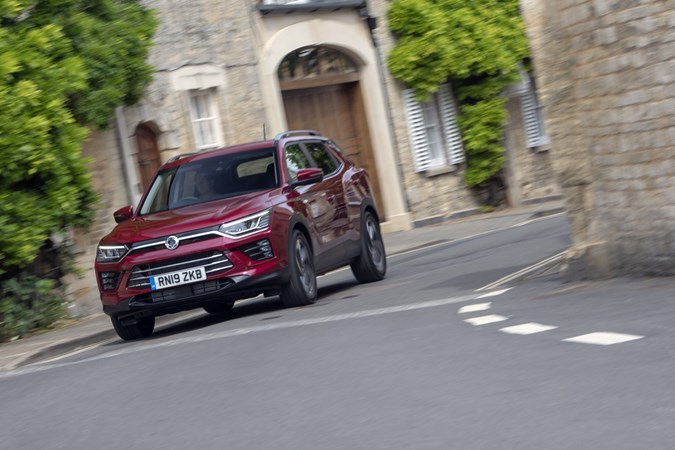
With a 0-60mph sprint of around 12 seconds, the Korando diesel is significantly slower than its opposition, and it needs working hard to keep up with traffic on faster roads. It’s not an especially refined choice when you do this, either, with a metallic growl that can become rather intrusive at higher revs.
Manual or automatic gearboxes on offer
SsangYong gives buyers the choice of a six-speed manual gearbox or a six-speed automatic. We’ve only driven the latter, and it’s slightly old-fashioned compared to its rivals.
It’s a torque converter type gearbox, which means it tends to be smoother than its dual-clutch rivals, happily slurring gears together at low speeds for a relaxed drive. However, its lack of ratios – most competitors have seven or even eight gears – means it’s less effective if you try and press on, with big gaps between gears. It can also get a little confused at junctions, struggling for a gear when you put your foot down.
One good change is that SsangYong has finally gifted the Korando with physical gearshift paddles behind the steering wheel. Previously, taking manual control of a SsangYong automatic was done via a toggle switch on the side of the gear selector – an unintuitive and crude solution.
Handling
The Korando’s slow-and-steady ethos extends to the handling. This is a car that doesn’t particularly like to be hurried, though dynamically it’s undeniably a massive improvement over the car it replaces.
The Korando is quite firmly sprung, which helps its handling in the bends – body lean is well controlled and the car grips tenaciously. However, this translates to a ride that easily becomes unsettled over rough roads, with the result that the SsangYong rarely feels totally composed except on smooth motorways and A-roads.
The steering is accurate enough but is quite low-geared, requiring lots of arm-twirling round town. And while this translates into good motorway stability, it’s quite difficult to modulate on bendy roads.


